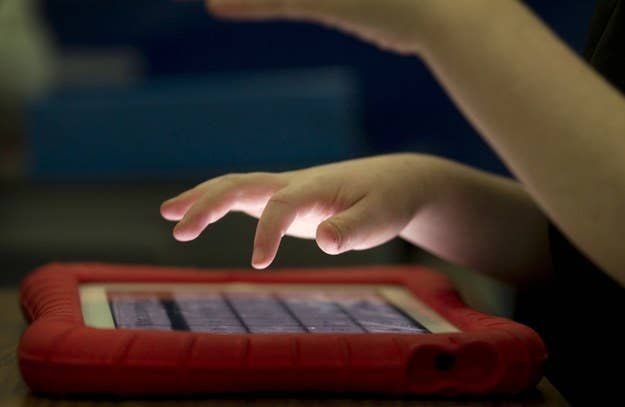
Los Angeles United School District Superintendent John Deasy resigned this morning in the wake of two major technology scandals for the district in the past two months. Deasy has also had a historically troubled relationship with the Los Angeles school board and teachers union.
Deasy most notably oversaw the extremely troubled rollout of L.A.'s $1.3 billion contract to provide iPads to every student in the district, the largest such initiative in the country. The LA Timeslater revealed that Deasy had worked closely with executives from Apple and education company Pearson before the two companies won the massive contract, raising questions of whether the bidding process was fair. The school district then suspended the contract.
The iPad project had been plagued with problems long before the allegations about Deasy's ties with Apple executives. Soon after the first iPads were deployed in an initial $30 million rollout, hundreds of high school students figured out how to get around security blocks. Later reports criticized the high cost of the program, showing that LAUSD had paid far more for its iPads — $768 per tablet — than many other districts. And a district review last month showed that teachers were barely using the technology, especially the expensive package of Pearson digital curriculum, for which LAUSD paid $200 per device.
Deasy contended with another technological controversy earlier this week, when the many problems with a $130 million computer software system developed by the district came to a head. A superior court judge ordered the state to fix the technology, saying it had malfunctioned so badly that it was causing students to be deprived of their right to an education. Students had been sent home or forced to sit in an empty auditorium because of the system's scheduling malfunctions.
Deasy had been at the center of the decision to implement the system, the LA Times reported, despite evidence that the technology was severely flawed.
